As we mentioned, this tutorial covers the most basic Photoshop colour change tools, the Color Replacement tool and the Color Range command. If you know which one you'd like to explore, simply click on the above links to jump to the relevant sections in this article.
Photoshop has many different ways of doing things, but this tutorial is a great starting point that will give you the basic information you need to get started with making a Photoshop colour change.
The Color Replacement tool
The great thing about the Color Replacement tool is that it maintains the midtones, shadows, and highlights of the original image so you get a realistic-looking colour adjustment. On the downside, it’s destructive. Any changes you make will permanently adjust the pixels in your image. Unless you undo them, that is.
The Color Replacement tool can be found under the flyout menu of the Brush Tool in the Tools panel (for PhotoshopCS - CS2 users, you’ll find it in the flyout menu of the Healing Brush). Simply right-click (Control-click) on the Brush Tool to select the Color Replacement Tool.
Alternatively, press B to select brushes. Then use the shortcut Shift + B to toggle through the different brush options until you select the Color Replacement tool.
Get Adobe Creative Cloud here
How to use the Color Replacement tool
For a realistic look, you will want to select something that has a similar luminosity. You don’t want to go too bright or too dark as the change will look obvious. With the Color Replacement tool selected, you can start making the colour change by painting over your chosen area in your image.
Refine the Color Replacement tool
By default, the mode will be set as colour, which as you'd expect is the best option for adjusting the colour of an image. Hue will give you a similar colour to your selected foreground colour. Depending on what you are recolouring, the colour might appear more muted or more intense.
Saturation will more often than not increase the intensity of your colour. Meanwhile, luminosity does the opposite and desaturates the selection and is generally best avoided when working with the Color Replacement tool as the results are not great. If you want to explore this tool, you're best off experimenting to see the results you get with the different mode settings.
The sampling options, which include Continuous, Once and Background, are the icons between the mode and limits menus. They are set to Continuous by default. As the name suggests, the continuous option samples and replaces the colour continuously while you move the mouse. By choosing Once, you will be only be able to replace the colour sampled in your first selection. Finally, background replaces the colour only in the areas containing your background colour.
Limits, which is set to Continuous by default, replaces the pixels and adjoining pixels within the brush area. Meanwhile, Discontinuous replaces the colour of the pixels of the foreground colour within the brush area whether they are adjacent or not. Find Edges will replace the colour while maintaining the edges of the objects. It works best when there is a defined line, if the focus is soft or blurred you will not get as good a result. In this case, you're better off switching to a softer brush and sticking with Continuous.
The Tolerance slider is used to control how similar a pixel colour needs to be to the sampled foreground colour. Reduce the tolerance to select only colours that are close to your sampled colour, or increase for a wider selection. And finally, you can choose to add anti-aliasing to smooth out jagged edges.
Unlike the Magic Wand tool, the Color Range command allows you to select specific colours throughout your whole image, or a pre-existing selection, instead of just the pixels adjacent to your selection point.
You have a great deal of control with this command too as there are multiple options for making selections. From using the colour picker, to the predefined colour range of CMYK and RGB, to the tonal selection of highlights, midtones and shadows and skin tones and out a gamut.
Limits, which is set to Continuous by default, replaces the pixels and adjoining pixels within the brush area. Meanwhile, Discontinuous replaces the colour of the pixels of the foreground colour within the brush area whether they are adjacent or not. Find Edges will replace the colour while maintaining the edges of the objects. It works best when there is a defined line, if the focus is soft or blurred you will not get as good a result. In this case, you're better off switching to a softer brush and sticking with Continuous.
The Color Range command
If you want more flexibility and a non-destructive method to manipulating colours in Photoshop, the Color Range command is the option for you. It works in a similar way to the Magic Wand tool by making a selection based on colour and tonal values. For a quick look at how to use the magic wand tool, check out our how to remove a background in photoshop walkthrough.Unlike the Magic Wand tool, the Color Range command allows you to select specific colours throughout your whole image, or a pre-existing selection, instead of just the pixels adjacent to your selection point.
You have a great deal of control with this command too as there are multiple options for making selections. From using the colour picker, to the predefined colour range of CMYK and RGB, to the tonal selection of highlights, midtones and shadows and skin tones and out a gamut.
How to use the Color Range command
The Color Range command is found under the Select menu in the Menu Bar. With the image you wish to work on already open, select Color Range… to open the Color Range dialogue box. To get started, we are going to look at the default selection of the sampled colour.With the sampled colour showing in the select drop-down menu, use the Eyedropper tool to select a colour from your image. You can use the Eyedropper on your main image or within the image frame inside the panel. This function is pretty self-explanatory, simply select different colours from within your image and they will appear in the selected colour range in the dialogue box window.
Color Range: Refine the selection
By adjusting the Fuzziness level you can control the range of colours selected. The tool is set to 40 by default. By increasing the value you extend the selection of the colour range, while decreasing the Fuzziness reduces it.
In addition to this, you also have the option to use the Add to Sample Tool and the Subtract to Sample Tool. Appearing as an Eyedropper in the Color Range dialogue box, the Add to Sample icon is accompanied by plus symbol, while the Subtract to Sample icon is accompanied by a minus symbol. Use the shortcut with the Eyedropper tool, shift to add, alt/opt to subtract.
Your selection isn’t going to be perfect, so you may have areas missing or unwanted parts of your image included in your selection. Don’t worry too much at this point though as we can perfect your selection later. Once you are happy with your selection, go ahead and hit the ok button.
Color Range: Activate Localized Color Clusters
With this selected, the previously greyed out Range slider becomes active. By reducing the Range, Photoshop will localise its selection to the points closest to the areas you selected with your Eyedropper tool. In this case, we're not going to use this as we want to select all instances of the foreground colour in our picture.
Color Range: Add Adjustment Layers
Name your layer and click OK. This will add an Adjustment Layer (visible in your layers panel) and open the Hue/Saturation Properties panel. Inside the Properties panel, you will see a number of sliders: Hue, Saturation and Lightness. Adjust the Hue slider to change the colour of the selection.
The Saturation slider controls the intensity of the colour, while the lightness slider controls the brightness and darkness. As you adjust the slider the colours will change in the bottom coloured bar. The first bar shows the original colour, and the second bar displays the adjustments you made.
Color Range: Finesse your selection
Switch back to the normal view to paste in those bits that the Color Range Command didn’t pick up using different brush sizes. The great thing about using this technique with the Adjustment Layer is that you can easily turn the layer off, go back and make changes to selection, and make adjustments to the colour. What's more, nothing is permanent.
Color Range: Invert a selection
Alternatively, you could experiment with some of the presets in the Hue/Saturation preset drop down menu. Here you have the option of choosing effects like Sepia and Old style. On the other hand, you could use the custom option and reduce the saturation to zero to create a monochrome effect.


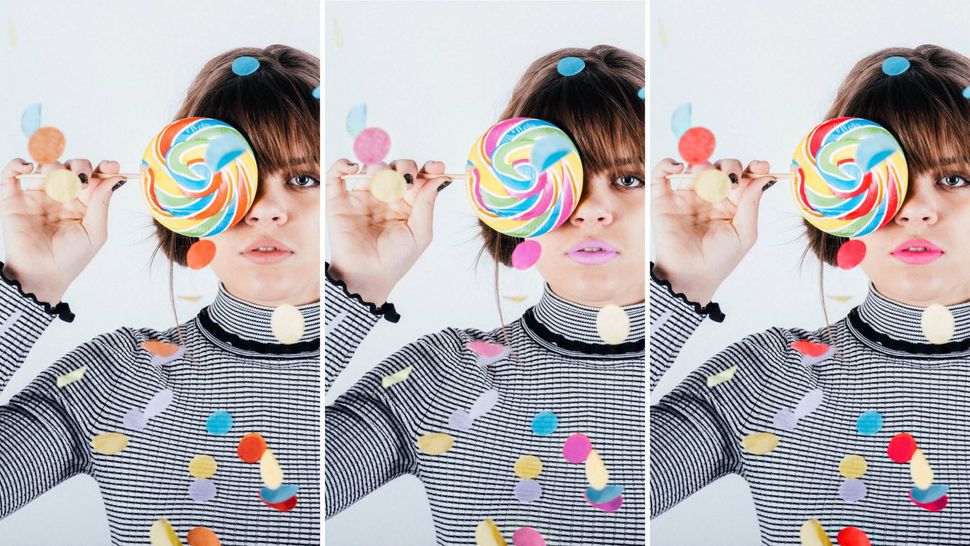
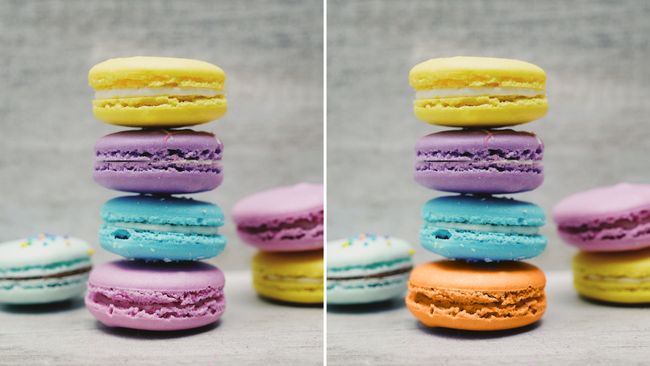
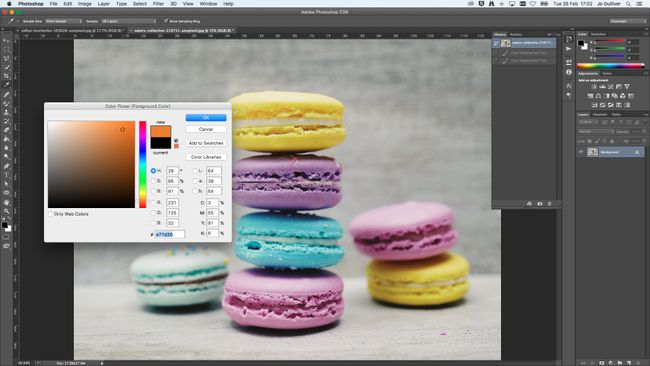
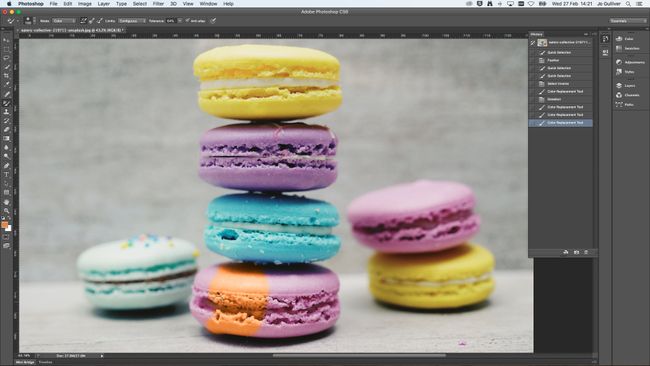
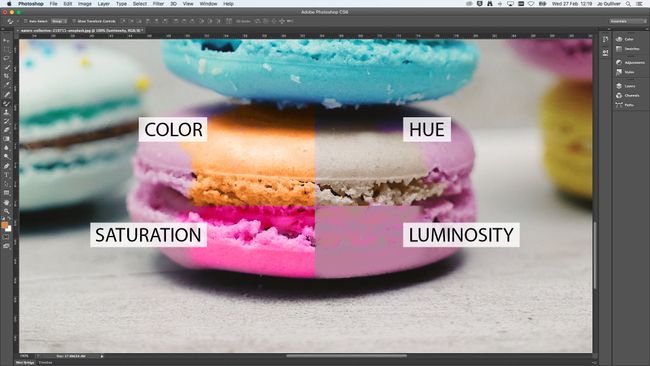
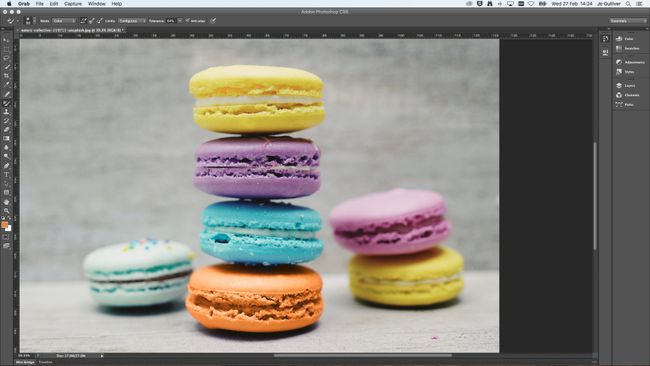
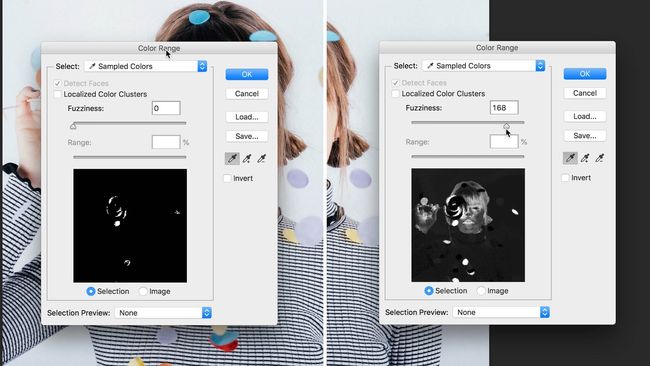
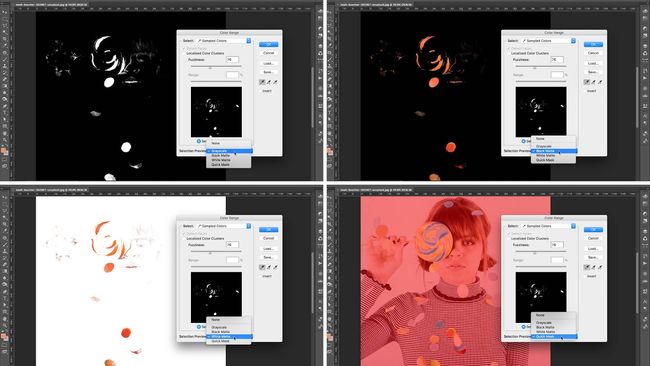
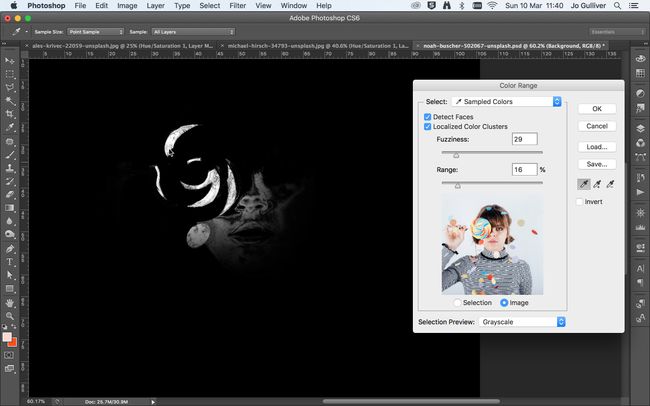
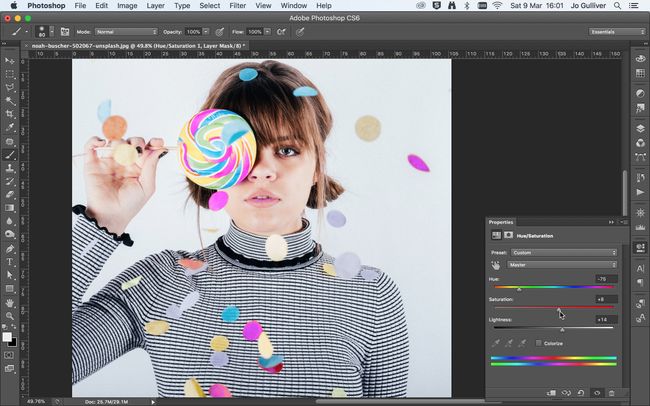
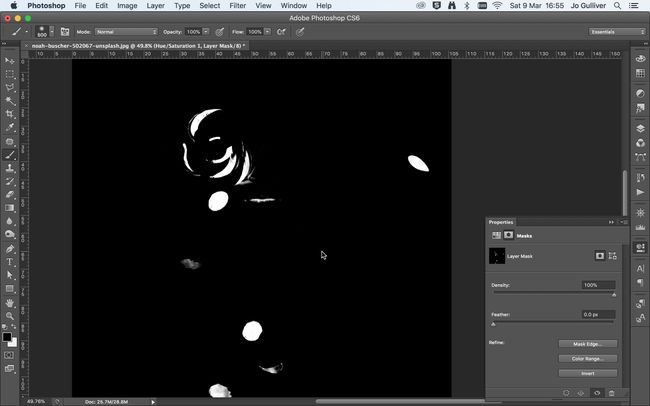
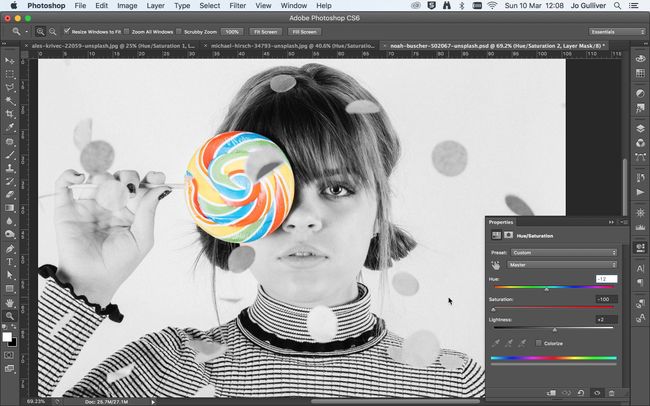










No comments:
Post a Comment